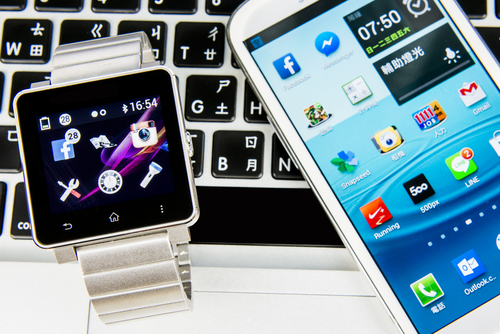Bring Your Own Device to Work: The Pros and Cons for a Multinational
This is one of our free-to-access content pieces. To gain access to all Ideas for Leaders content please Log In Here or if you are not already a Subscriber then Subscribe Here.

Rapid advances in communications technology available to consumers has meant that employees often have far greater private access to sophisticated technology than they do in the workplace. Is BYOD (Bring Your Own Device) – permitting employees to bring personal laptops, tablets, and smart phones to work, and to use their devices to access company information a sensible policy? In theory organizations benefit, in practice this presents many problems. This Idea uses a case study of a particular multi-national organization to see its response to this question.
The IT innovations that have emerged on the consumer market in recent years have led employees, familiar with the benefits consumer products offer, to expect the same level of technology to be provided by their corporate IT departments. This trend, referred to as the ‘consumerization of IT’, has increasingly brought consumer innovations into the workplace; a trend that in many companies top management strongly encourages.
According to research commissioned by the global IT firm Logicalis in 2013, bring your own device (BYOD)— or bring your own phone (BYOP) is making significant inroads in the business world, with at that time about 75% of employees in high growth markets such as Brazil and Russia and 44% in developed markets already using their own technology at work.
This trend creates several challenges to Chief Information Officers (CIOs) around the globe: “What IT costs are associated with the use of mobile consumer devices?”, “How will corporate use of mobile consumer devices affect IT management, security and IT governance?”, and “How do we introduce an IT service for corporate as well as personal mobile consumer devices?”
Professor Dr. Jan Marco Leimeister from the Institute of Information Management (IWI HSG) at the University of St. Gallen (Switzerland) and Chair of Information Systems at Kassel University (Germany), and Frank Weiß a Management Consultant with Detecon International and researcher at the Chair of Information Systems at Kassel University present a ‘teaching case study’ that sheds light on this dilemma. The names of the company, people, and the consulting firm have been disguised, as have the company and financial data, for confidentiality reasons.
OMEGA Group, a multi-national company with 50,000 employees, wants to leverage the potential of mobile consumer devices for corporate purposes. Therefore, the questions about cost, management, security, IT governance and how to introduce an integrated service have to be addressed and answered by its CIO, John Smith. This topic is urgent because more and more of the company’s employees, particularly the executives, want to use their devices for business. They want to stay current on the latest news, use a range of apps, collaborate with colleagues, customers and business partners through social media, and they do not want to be forced to use two separate devices.
Several concerns are aired at the Corporate IT Board Meeting, including these:
Weighed against the problems expressed at the IT board meeting, the OMEGA senior management pointed to a range of advantages that BYOD could offer, and on balance the company decided to address the managerial challenges and to integrate corporate as well as personal mobile consumer devices.
Many organizations will want to leverage the potential of consumer mobile devices, and in any case it is difficult to stop employees using their personal iPhones, tablets, or laptops for work. However it is clearly important not to drift into BYOD by default. Rather it is important to weigh up the pros and cons and, if a BYOD policy is decided upon, to manage the downsides effectively.
Some ways to mitigate some of the downsides were suggested in the case study:

Ideas for Leaders is a free-to-access site. If you enjoy our content and find it valuable, please consider subscribing to our Developing Leaders Quarterly publication, this presents academic, business and consultant perspectives on leadership issues in a beautifully produced, small volume delivered to your desk four times a year.

For the less than the price of a coffee a week you can read over 650 summaries of research that cost universities over $1 billion to produce.
Use our Ideas to:
Speak to us on how else you can leverage this content to benefit your organization. info@ideasforleaders.com